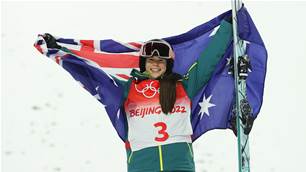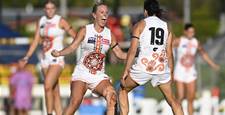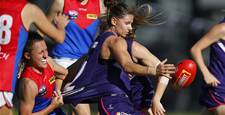The Women’s Game first Roundtable was held on May 17 in Sydney.
The following were in attendance:
Angela Bacic – Editor of The Women’s Game via phone
Cheryl Downes – Co-editor of The Women’s Game
Adam Jackson – Head of Sport – Sales Nextmedia
Jeff Centenera – Editor of Inside Sport
Danielle Warby – Advocate for Women in Sport
Lindsey Cane – CAS Ambassador and former CEO of Netball Australia
Anne Jackson – Sport Development Group
Susie Warwick – Director of Ski & Snowboard Australia
Throughout the roundtable discussion, it was acknowledged that girls from the grassroots level and up are less likely to participate in team sports (refer to section two) and women are still less likely to put their hand up for a coaching role.
The conversation was passionate and delved further, wider and deeper than first expected. The discussion from the roundtable has been fitted into the below points to create an action plan for the future on how The Women’s Game can help in this area.
1. Overview of the recent history of women’s participation numbers
AusPlay is a national telephone survey funded and led by the Australian Sports Commission.
From both AusPlay Survey’s (in 2016 and 2017), the running theme is that young girls aged 0-14 are less likely to participate in sport-related activity including; running and dancing compared to boys of the same age.
1.1 AusPlay Survey 2016 and 2017 key points
- The 9-11 age group is the highest participation age with 93 percent, which dropped to 85 percent in 2017
- Girls aged 0-4 and 5-8 have high participation rates with 41 and 79 percent which grew to 51 and 85 percent in 2017
- Top 5 barriers stopping children from participation; Not a priority, not enough time/too many other commitments, wrong age, doesn’t like physical activity or already does enough physical activity
- 75 percent of children who have at least one active parent would be more to likely participate in sport outside of school
- Barriers to participating: cost, children of LOTE parents, living in regional or remote areas and a dislike of physical activity (especially in 9-11 girls group)
Overall, there is a noticeable drop in the 12-14-year-old age group compared to boys of the same age. During the roundtable, it was discussed that the possible reasoning behind this was boys make friends through playing in a team sport and will stay in the sport with those friends they make while girls make friendships through talking at school or at social gatherings. In the following journal article ‘Gender differences in friendship patterns’, it briefly touches on the differences between friendships for men and women in New Zealand based on the previous testing done in the United States.
1.2 AusPlay Survey 2017 – Women (15+)
Women aged 15 years and over are more likely to participate in sport or physical activity for physical and mental health reasons and to lose or maintain weight than men. This correlates with why the top physical activities for this group are walking, gym, swimming and athletics, track and field (including running and jogging). Despite women being less likely to participate in team sports, they are still just as active as men, just for shorter periods of time.
However, there are still barriers such as poor health or injury, increasing age/too old, not enough time/too many other commitments, don’t like sport or too lazy which were noted as stopping women from participating in physical activity.
Related Articles
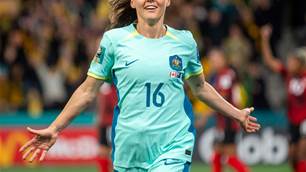
Aussies Abroad: Dub champions gutted, ribbons Raso on the move, and transfers, transfers, transfers
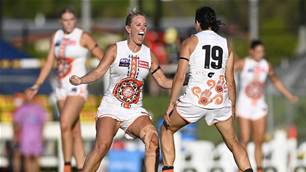
Updated: AFLW Round 2 preview and schedule
